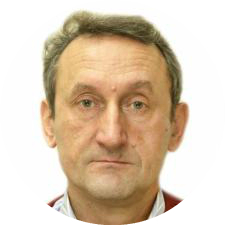This article discusses theoretical questions of the origin and evolution of religion. The paper focuses on the essential characteristics of the concept of “archetype” (“collective unconscious”) by K.G. Jung, addressing the problems of its interpretation and substantive aspects. The following informative characteristics of archetypes were identified as a result of the study: basic property and the universality of its origin and existence; structure-forming tendency; universality and individuality; ambivalent nature; ethical neutrality, etc. This kind of archetypal principle of human psyche is defined as “natural archetype” (EA). During the evolution, social development has distracted primitive thought of human further away from his biological origin, turning the former mental function into a rationalized view, where the “projections”, having been mentally charged earlier, received imaginary shapes and contents. Natural archetype (EA) is embodied in a new quality of the existence transformed by the evolution of public conscience – the modified archetype (MA). The archetypes in projected form serve as the following prototypes: the archetype of gender; corporate or identity archetype; spatial archetype, etc. The work emphasizes the archetype of the numinous, which, from the author’s point of view, is the basic prerequisite for the emergence of religious ideas and views. The article suggests that the cause of the evolution of religion is a dialectical contradiction between the natural (EA) and modified (MA) archetypes.
Keywords: archetype, numinous archetype, natural archetype, modified archetype, psyche, psychoanalysis, evolution of religion
DOI: 10.22250/2072-8662.2017.4.126-142
About the author
 |
Vladimir М. Storchak – DSc (Philosophy), Professor of the Russian Presidential Academy of National Economy and Public Administration; 84 Vernandskogo prosp., Moscow, Russia, 119606; This email address is being protected from spambots. You need JavaScript enabled to view it. |